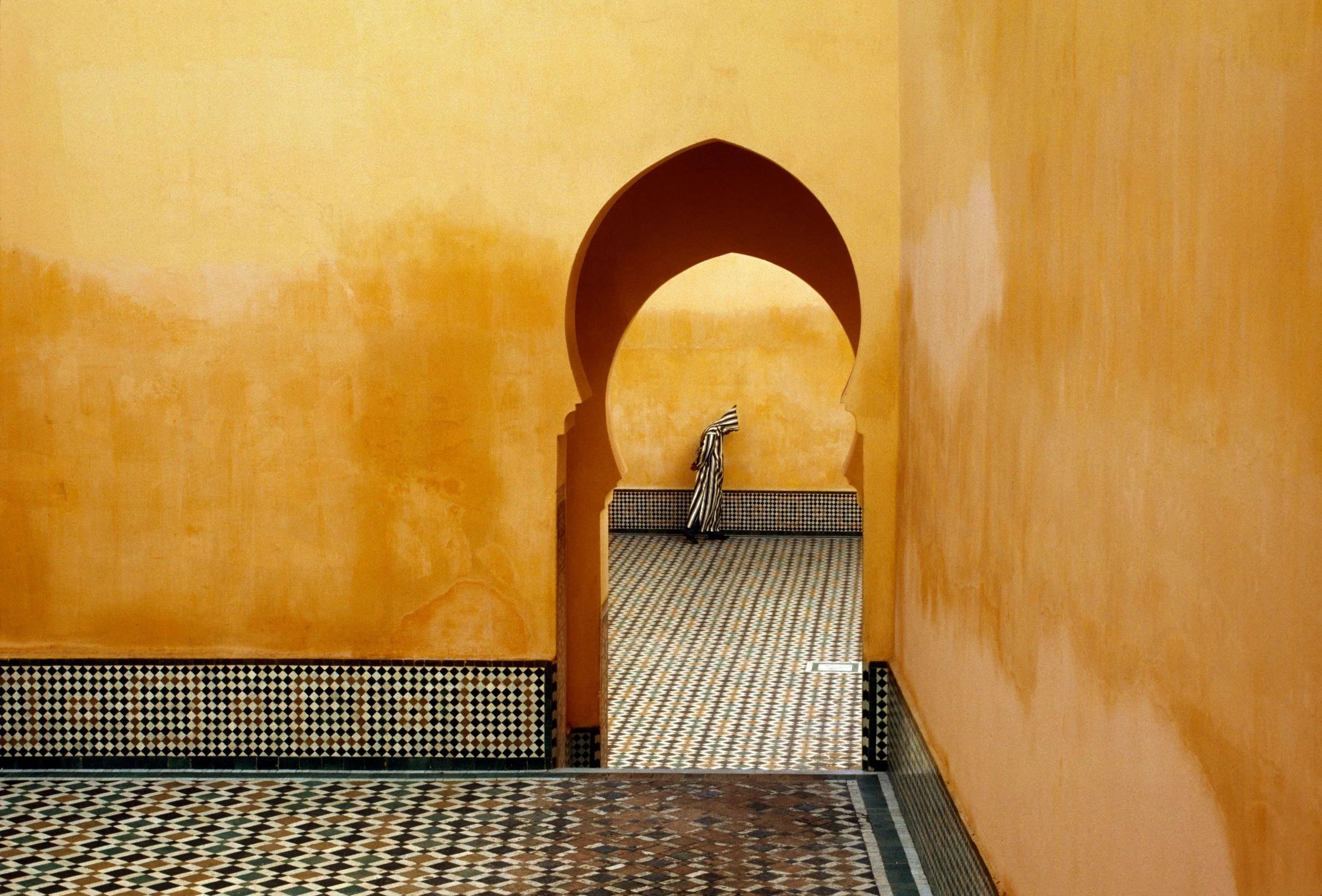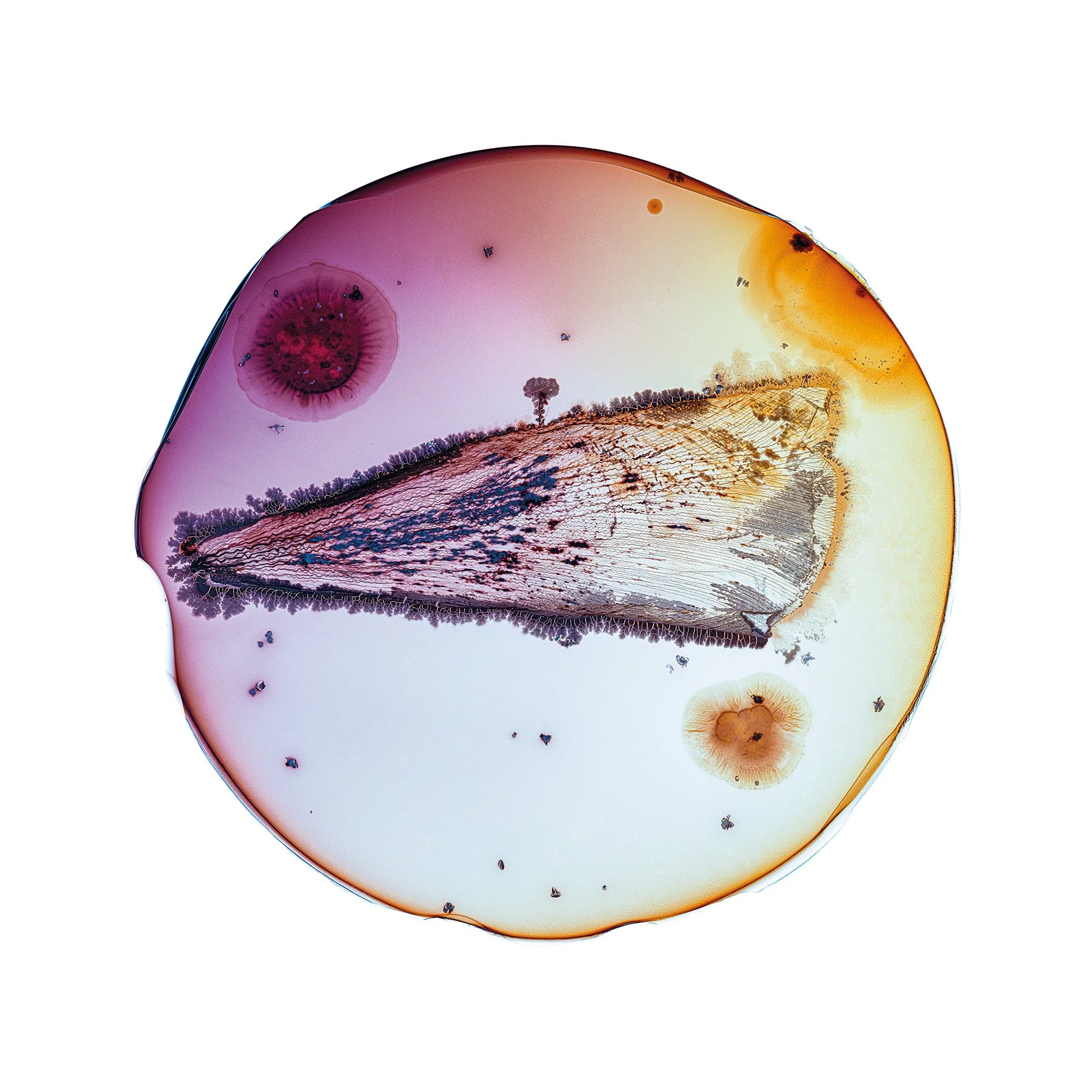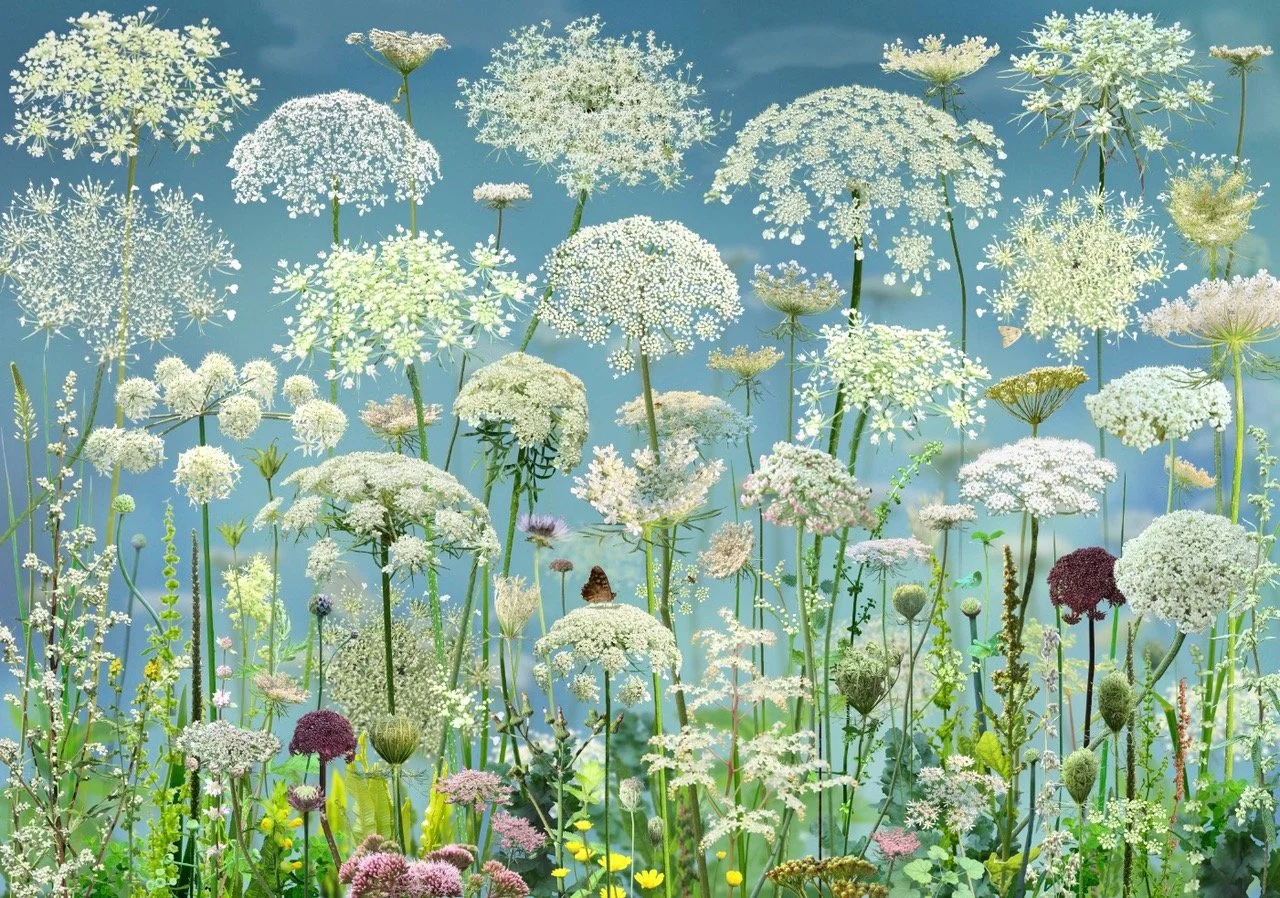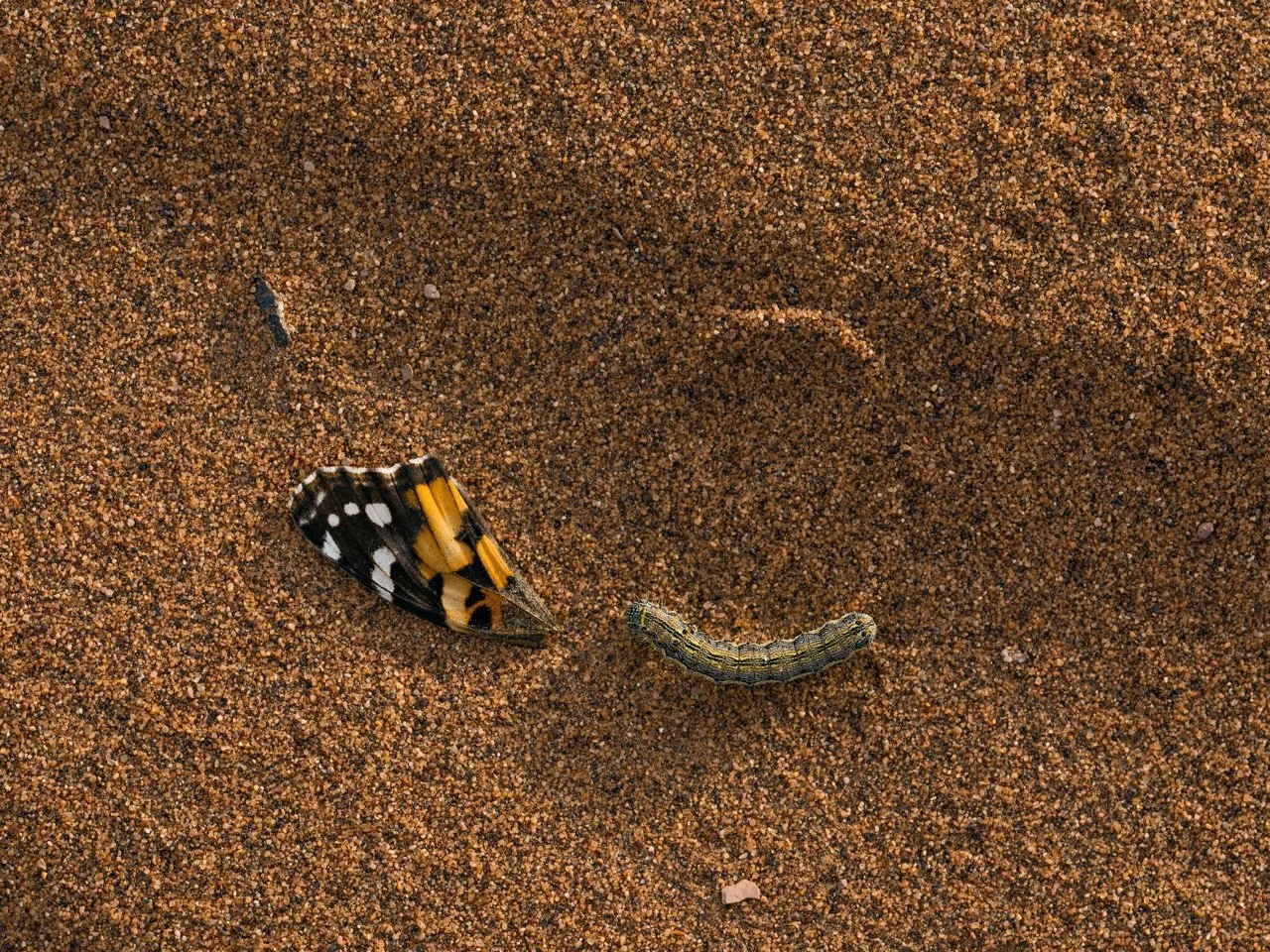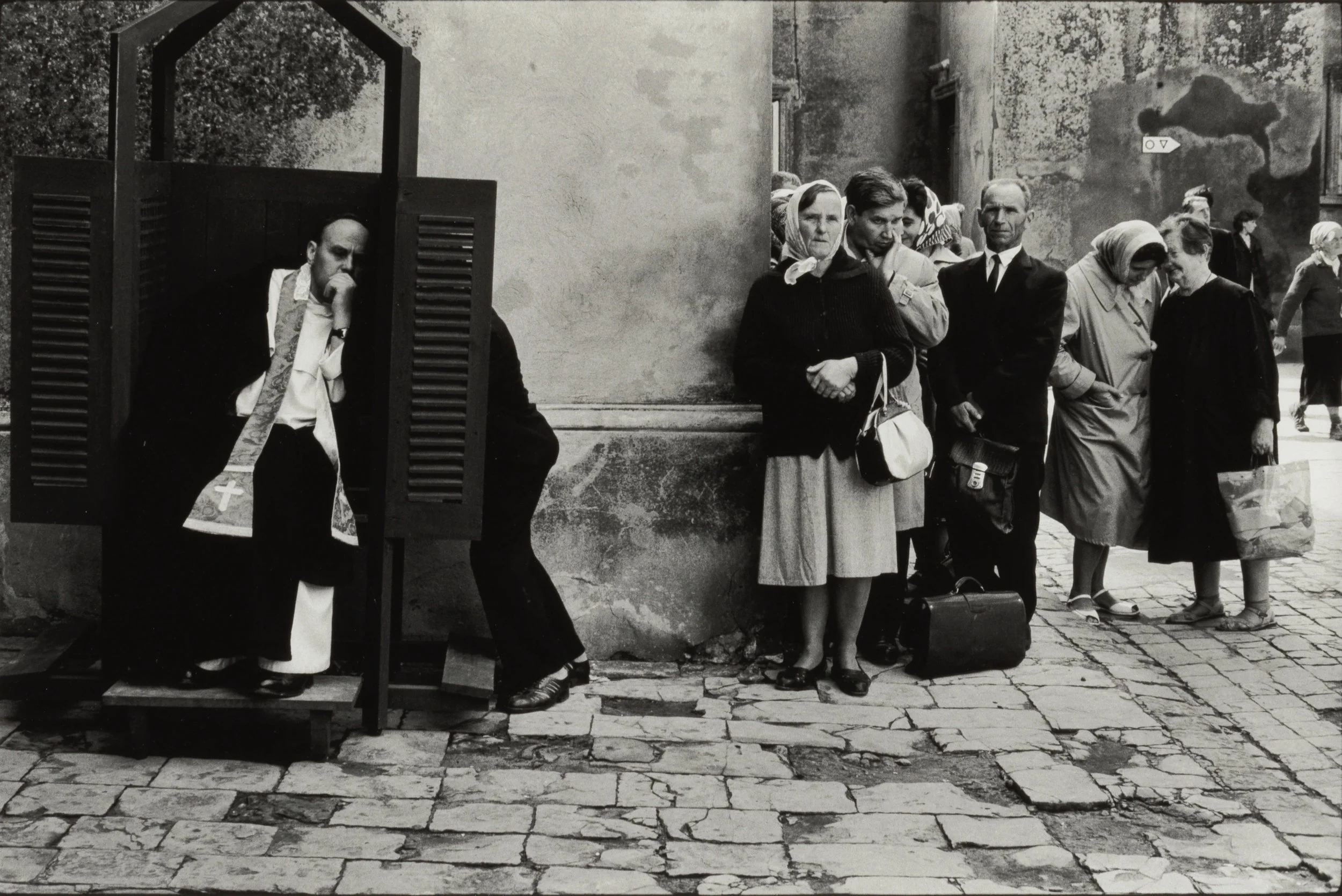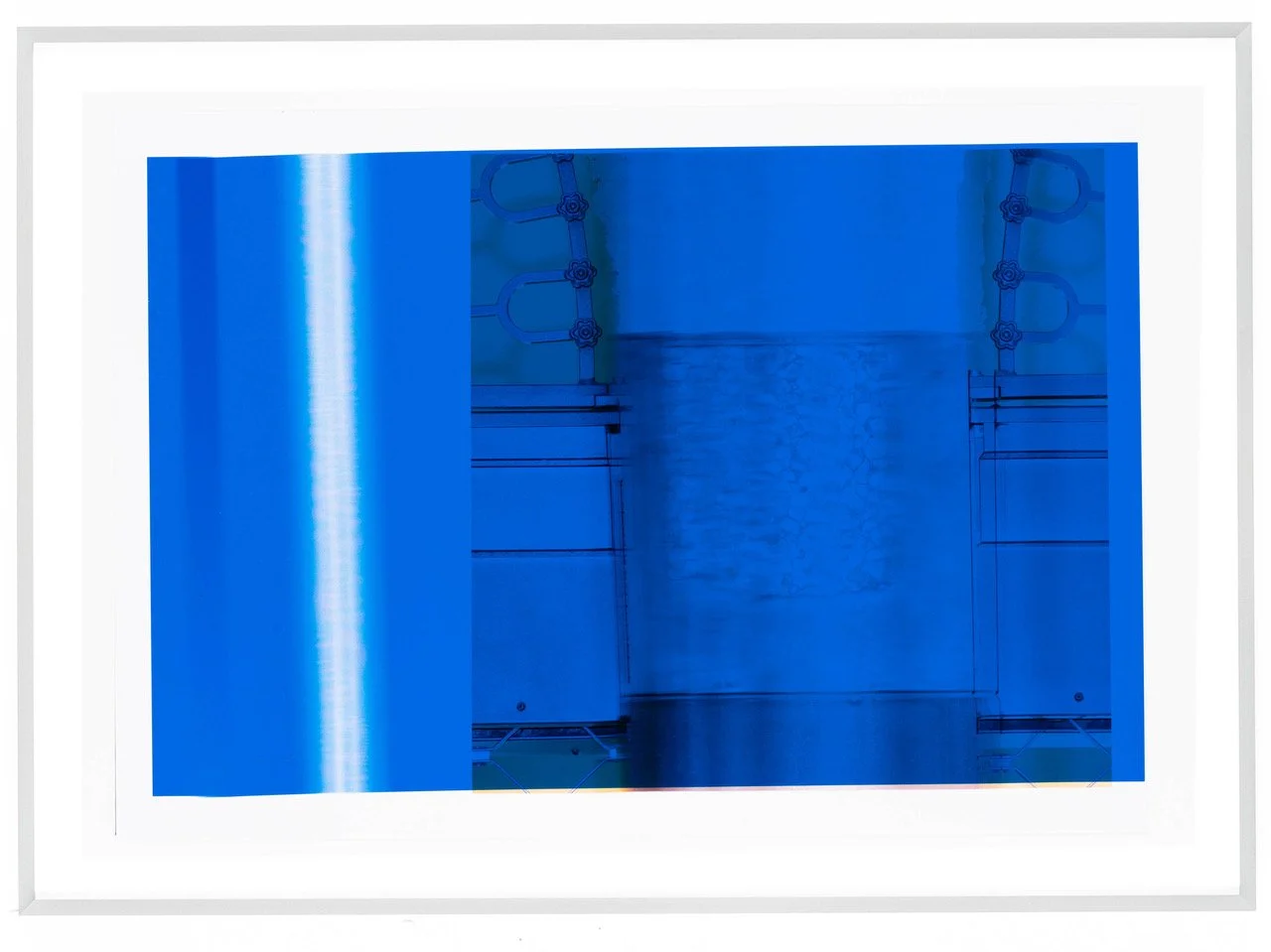
AFTER NATURE PRIZE 2025 | C/O Berlin Foundation | Berlin
C/O Berlin Foundation | Berlin
27. September 2025 – 28. Januar 2026
AFTER NATURE PRIZE 2025
Lisa Barnard / Isadora Romero
Palmen in Mache Chindul © Isadora Romero & Ailín Blasco
Für ihr ausgezeichnetes Projekt verhandelt Lisa Barnard ausgehend von Thomas Nagels einflussreichem Essay What Is It Like to Be a Bat? die Frage, wie Technologien die menschliche Wahrnehmung prägen und sich auf unser Verhältnis zur Umwelt auswirken. Unter Rückgriff auf eine Vielzahl von Bildgebungsverfahren präsentierte sie eine umfangreiche künstlerische Recherche rund um das Prinzip der Echolokation, die unerwartete Verbindungen zwischen tierischem Bewusstsein, autonomen Fahrsystemen, dem Abbau von Lithium und nuklearen Teststellen herstellt.
Anhand von drei in Ecuador angesiedelten Fallstudien untersucht Isadora Romero in ihrem ausgezeichnete Projekt das Zusammenleben von Mensch und Wald in Vergangenheit, Gegenwart und Zukunft. Das Projekt stellt die koloniale Sichtweise tropischer Wälder infrage stellt durch die Kombination von klassisch dokumentarischen Fotografien mit organischen Materialien und experimentellen Entwicklungsverfahren Beispiele für ein funktionierendes Verhältnis zwischen der Umwelt und ihren Bewohner:innen vor. Durch die Zusammenarbeit mit Wissen-schaftler:innen und lokalen Communties entsteht eine nuancierte Erzählung über die spirituellen, politischen und ökologischen Dimensionen des Waldes.
Die Doppelausstellung wird im Rahmen des After Nature . Ulrike Crespo Photography Prize 25 erstmals bei C/O Berlin im Amerika Haus zu sehen sein. Es erscheint eine begleitende Publikation.
Ein gemeinsames Projekt von C/O Berlin x Crespo Foundation.
Pour son projet primé, Lisa Barnard négocie, à partir de l'essai influent de Thomas Nagel What Is It Like to Be a Bat ?, la manière dont les technologies façonnent la perception humaine et ont un impact sur notre relation à l'environnement. En recourant à une multitude de techniques d'imagerie, elle a présenté une vaste recherche artistique autour du principe de l'écholocation, qui établit des liens inattendus entre la conscience animale, les systèmes de conduite autonome, l'extraction du lithium et les sites d'essais nucléaires.
À l'aide de trois études de cas situées en Équateur, Isadora Romero examine dans son excellent projet la cohabitation entre l'homme et la forêt dans le passé, le présent et le futur. Le projet remet en question la vision coloniale des forêts tropicales et transmet des exemples de relations fonctionnelles entre l'environnement et ses habitants en combinant des photographies documentaires classiques avec des matériaux organiques et des processus de développement expérimentaux. La collaboration avec des scientifiques et des communautés locales donne naissance à un récit nuancé sur les dimensions spirituelles, politiques et écologiques de la forêt.
La double exposition est organisée dans le cadre du festival After Nature . Ulrike Crespo Photography Prize 25 sera présentée pour la première fois au C/O Berlin dans la Amerika Haus. Elle sera accompagnée d'une publication.
Un projet commun de C/O Berlin x Crespo Foundation.
Per il suo progetto pluripremiato, Lisa Barnard si ispira all'influente saggio di Thomas Nagel What Is It Like to Be a Bat? per esplorare il modo in cui la tecnologia modella la percezione umana e influisce sul nostro rapporto con l'ambiente. Attingendo a una varietà di tecniche di imaging, l'artista ha presentato un'ampia ricerca artistica intorno al principio dell'ecolocalizzazione, creando connessioni inaspettate tra la coscienza animale, i sistemi di guida autonoma, le miniere di litio e i siti di sperimentazione nucleare.
Basato su tre casi di studio ambientati in Ecuador, l'eccellente progetto di Isadora Romero esamina la coesistenza di uomini e foreste nel passato, nel presente e nel futuro. Il progetto sfida la visione coloniale delle foreste tropicali combinando la fotografia documentaria classica con materiali organici e processi di sviluppo sperimentali per presentare esempi di una relazione funzionante tra l'ambiente e i suoi abitanti. Grazie alla collaborazione con scienziati e comunità locali, emerge una narrazione ricca di sfumature sulle dimensioni spirituali, politiche ed ecologiche della foresta.
La doppia mostra è organizzata nell'ambito del premio fotografico After Nature . Ulrike Crespo Photography Prize 25 presso C/O Berlin nella Amerika Haus. Verrà pubblicata una pubblicazione di accompagnamento.
Un progetto congiunto di C/O Berlin x Crespo Foundation.
For her award-winning project, Lisa Barnard uses Thomas Nagel's influential essay What Is It Like to Be a Bat? as a starting point to explore the question of how technologies shape human perception and affect our relationship to the environment. Drawing on a variety of neuroimaging techniques, she presents extensive artistic research around the principle of echolocation, which establishes unexpected connections between animal consciousness, autonomous driving systems, lithium mining, and nuclear test sites.
In her winning project, Isadora Romero uses three case studies in Ecuador to examine the coexistence of humans and forests in the past, present and future. The project challenges the colonial view of tropical forests by combining classic documentary photographs with organic materials and experimental development processes to present examples of a functioning relationship between the environment and its inhabitants. The collaboration with scientists and local communities creates a nuanced narrative about the spiritual, political, and ecological dimensions of the forest.
The double exhibition will be on view for the first time at C/O Berlin in the Amerika Haus as part of the After Nature . Ulrike Crespo Photography Prize 25. An accompanying publication will be released.
A joint project by C/O Berlin x Crespo Foundation.
(Text: C/O Berlin Foundation, Berlin)














